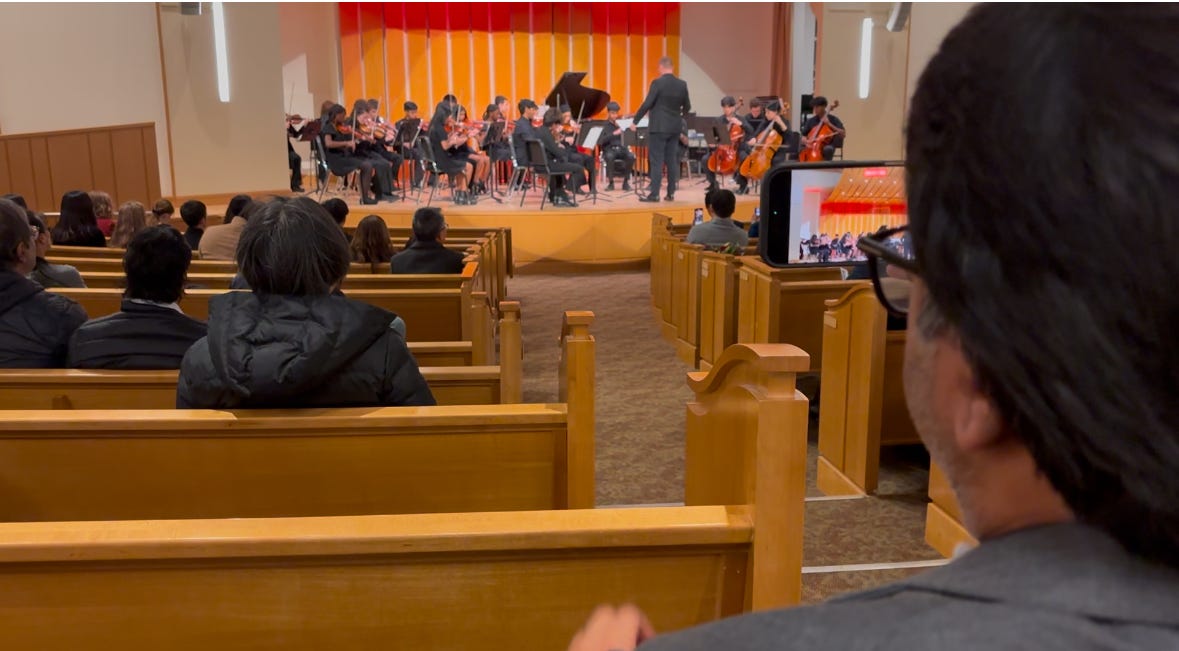ANEW: The Art of Reinvention
Working solo has been all at once thrilling, lonely, and illuminating.
Working for myself across the Midwest and East Coast over the last six months has been thrilling, nerve-racking, and revelatory—sometimes all at once. These journeys take me to countless places with Wi-Fi, most requiring a password to jump in and get things done.
My current writing perch is in Saint Louis (the STL or ‘LOU), at Coma Café in Clayton. I share this because place matters when you work, especially when writing. Writing is not just about stringing words together—it’s about inventing and reinventing the world around you, even in the mundane moments. Last week, I wrote about journaling as a pathway to self-discovery.
This week, I’m tackling something heavier: the death of the self.
Now, let me clarify—this isn’t a literal death. We’re not diving into Elisabeth Kübler-Ross’s stages of grief (which, incidentally, are more about the survivors of loss than the lost). Instead, I’m talking about the transformative moments in life that require us to let go of who we were to make room for who we’re becoming.
When I was deeply immersed in studying school and leadership around 2004–05, a mentor of mine, Robert Pruitt, described this process in Christian terms—quickening (a sign of life), death (letting go of the old self), and resurrection (embracing the new). It’s a cycle that echoes through many philosophies and religions yet remains profoundly personal.
Think about it: when college freshmen come home for their first December break, they often feel like strangers in their homes. They’ve experienced a complete upheaval—life, death, and rebirth—in just a few months. Yet, the people around them often can’t see this transformation and cling to their old perceptions. This tension between who you were and who you’re becoming is a hallmark of reinvention.
For me, working solo has been all at once thrilling, lonely, and illuminating. The thrill comes from creating something out of nothing—a new project, a new path, a new purpose. Right now, I’m in the “quickening” phase of founding another school, this time for students on the autism spectrum. These students, as unique as galaxies, represent about 2.7% of the U.S. population. The opportunity to create something meaningful for them is exhilarating—and necessary.
But reinvention also requires letting go. This is the death of the self: acknowledging that what once was—your role, your relationships, your routines—no longer exists. It’s the painful but essential process of releasing the past to make room for the future.
I was reminded of this recently when I attended a concert at my former school, MICDS. Invited by my successor, Sally Maxwell, I arrived expecting the familiar brass, timpani, and woodwinds. Instead, I was greeted by the lush, resonant sounds of violins, violas, cellos, and basses. For a moment, I was disoriented—this orchestra didn’t exist during my tenure. But then I remembered: I had been part of the conversations that planted the seeds for this program years ago. Seeing it come to life was a gift. It reminded me that letting go doesn’t erase our impact; it allows it to evolve and grow beyond us.
Reinvention demands that we do what feels impossible: let go of the familiar and step into the unknown. Whether it’s founding a school, leaving a job, or ending a relationship, the process is messy and disorienting. But it’s also an act of courage and creativity.
And here’s the secret: what’s good for one group often benefits everyone. The school I’m building for autistic students will prioritize their needs, but its principles—empathy, clarity, structure—are universally valuable. Similarly, the act of reinvention may feel deeply personal, but it ripples outward, inspiring and impacting those around you.
So, as I sit here in this café, surrounded by strangers and yet oddly connected, I’m reminded that reinvention is both a solitary act and a shared experience. It’s the death of the old, yes—but it’s also the birth of something new and beautiful.
And that’s what makes it an art. May it always be so.
Curated Listening:
Believe it or not, this blog post took an interesting turn. I originally wanted to do a meditation on passwords. So often, I find myself asking the cafe folks, “What’s the password?” Then I remembered the incident in the 1980s with Dan Rather who was beaten by total strangers in New York City. The attackers kept asking Rather, “What’s the frequency, Kenneth?” The band R.E.M. did an artful take on this incident, which Rather played along with once on “Late Night with David Letterman.” In homage to transmuting that bizarre and horrifying incident through art, listen to R.E.M.’s “What’s the frequency, Kenneth?” HERE. Also, please do keep Dan Rather and his family in your prayers. Rather’s wife, Jean Rather, recently died, sending forth an outpouring of condolences from his devoted fans, of which I am one.





Thank you. I am filled with all of this esoteric knowledge and facts that need to be re-homed -- or re-gifted -- from the stacks in my head. Thank you for reading closely -- as usual.
I love this. I titled one of my own Substack posts earlier this year “what’s the frequency, Kenneth” - different topic, same 90s cultural reference!